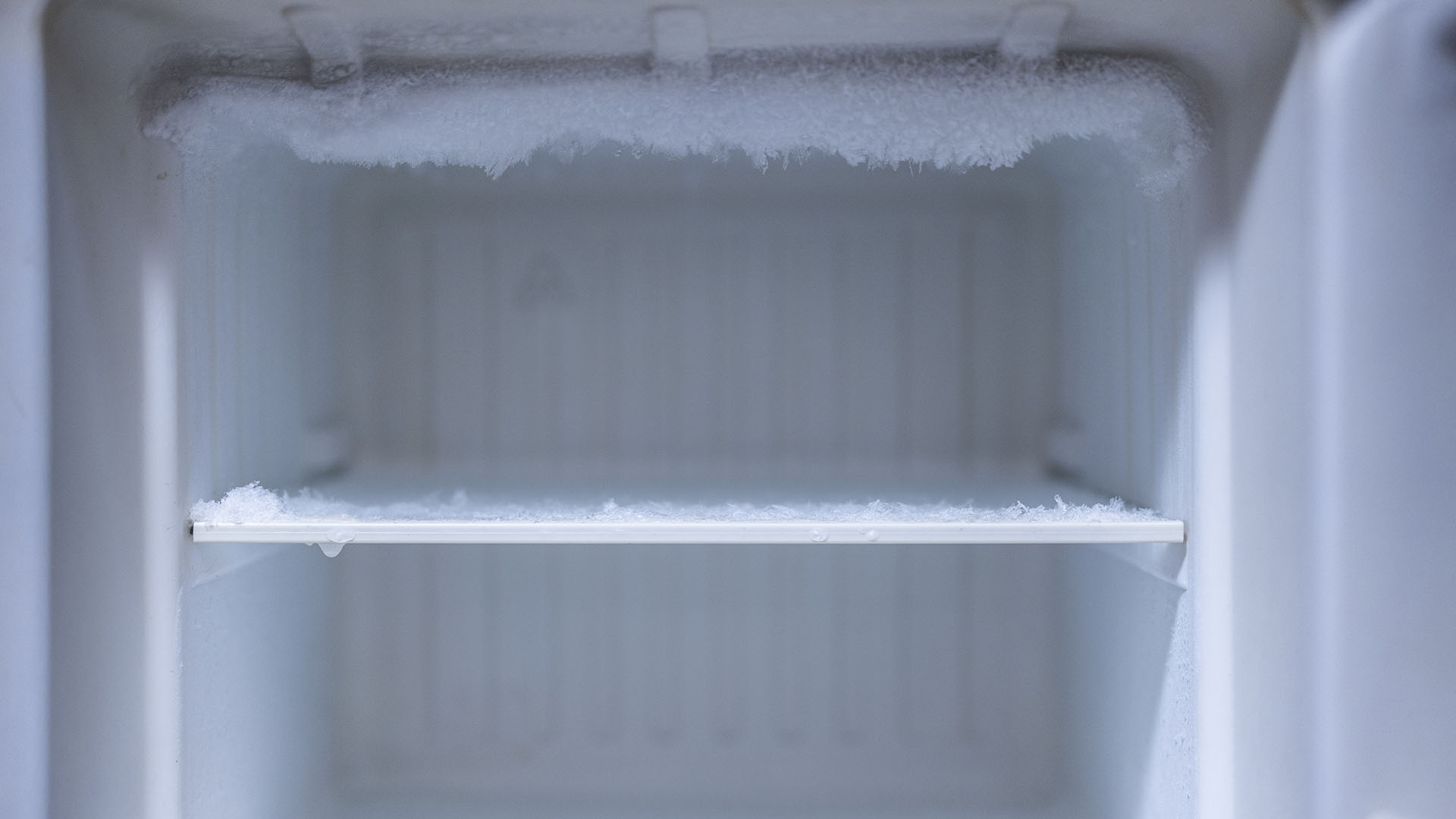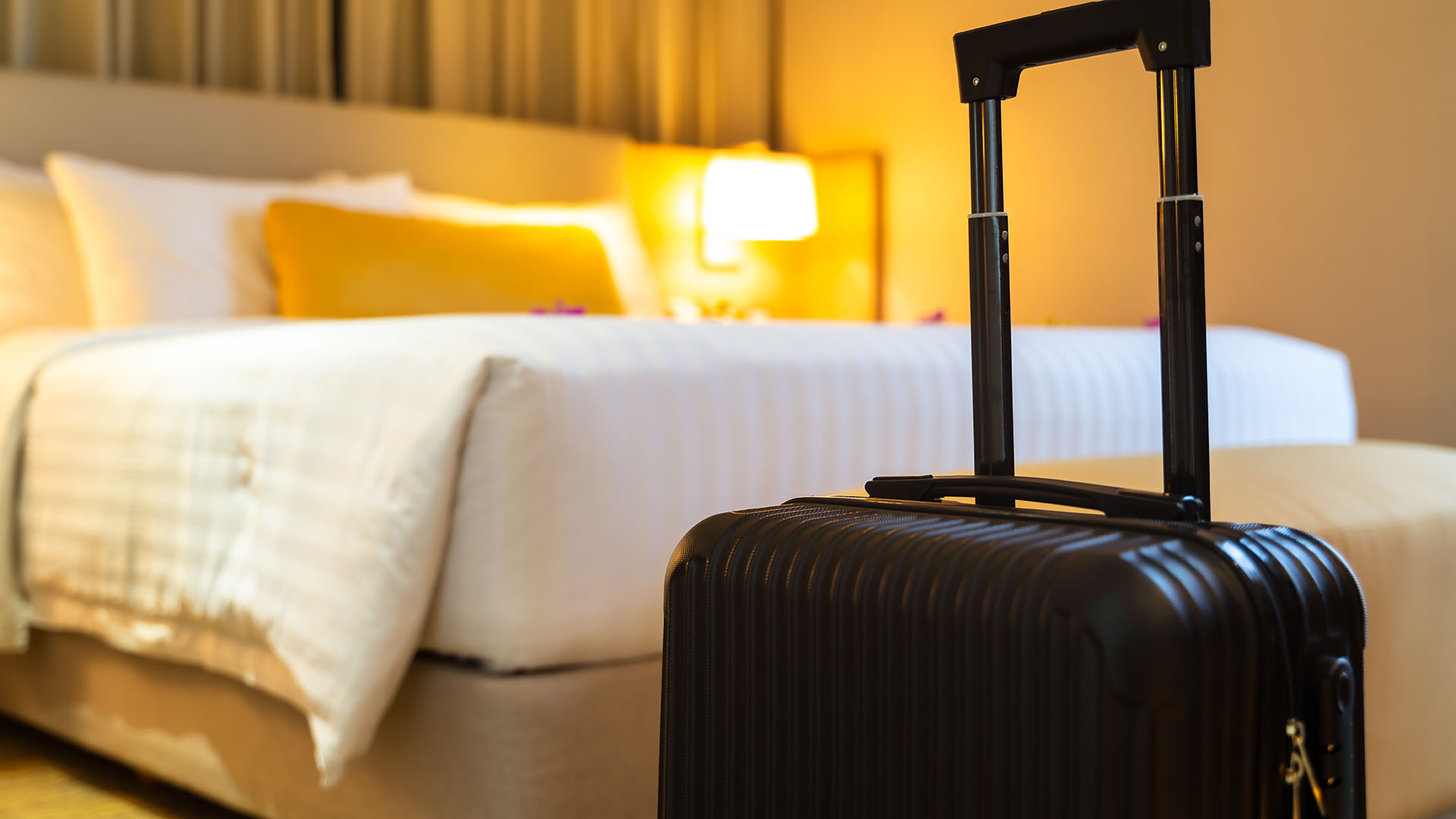7 ways to get rid of bedbugs, without chemicals
Bedbugs are extremely difficult to get rid of on your own, but here are some techniques that can help

Bedbugs are tiny bugs that, once they've taken up residence in your home, are very difficult to get rid of. They can live pretty much anywhere – in your mattress, sheets, bedding, or any furniture in your house – and cause itchy, uncomfortable bites. Bedbugs are nothing to do with cleanliness. They can move in anywhere, if they find a way to get in from another contaminated home.
There are things you can do to help get rid of bedbugs, and we'll go through them below. You might need to combine multiple techniques and be prepared that some will take a long time. Also, be aware that you'll probably struggle to eliminate bedbugs completely without professional help. (In the UK, the NHS's official advice is to contact your local council or pest control service.)
What are bed bugs?
Bedbugs are tiny insects, reddish in colour and around 5mm long. They cause itchy, red bites. They can be found in beds and bedding, but also pretty much anywhere in your home – check in cracks, crevices, creases and furniture joints.

How do you get rid of bed bugs?
It's not easy to get rid of bedbugs, but here are some techniques to try. You might need to combine a few approaches, and be aware that it's very difficult to completely get rid of bed bugs on your own.
1. Trap bugs in a vacuum cleaner
One of the easiest ways to trap visible bedbugs is in a vacuum cleaner. Run your vacuum over anywhere the bugs might be hiding, including your mattress, carpets and even your bedframe and headboard. Seal up and throw away the contents of the dust bag and give your vacuum a thorough clean once you're done.
2. Wash and dry your bedding on hot
Bedbugs can be killed by intense heat. For sheets and other bedding, wash at a minimum of 60C (or your machine's hottest setting) for at least 30 minutes. Or pop them in the dryer on its hottest setting for 30 minutes. Check your care labels first to make sure you're not going to ruin your bedding by doing this – although it might be worth the risk if the bedding is going to be unusable anyway.

3. Steam your mattress
Cleaning your mattress is more complicated than popping it into the washing machine. To try and get rid of bed bugs using heat, try steaming your mattress. This technique could also be used on a sofa.
4. Use a bedbug-proof cover
Bedbug-proof mattress and pillow covers are designed to contain, and ultimately kill, bedbugs. These are different from regular mattress protectors, because they completely encase your mattress. Simply zip your infested mattress up in the anti-bedbug cover, and they won't be able to escape or feed. They are widely available to purchase from a range of places (this Utopia Bedding anti-bedbug cover on Amazon, for example).
Sign up for breaking news, reviews, opinion, top tech deals, and more.
Be aware bed bugs can take a while to die, and of course doing this won't affect any other bugs elsewhere in your home. Other items could go in a sealed plastic bag, and left for a few months, to allow the bedbugs to die.
5. Freeze them out
Just as very hot temperatures will kill bedbugs, so can intense cold. Put sheets and other bedbug-infested items in a sealed bag in the freezer for at least four days. They need to be at at least 0°F (-17.78°C) during this time.

6. Clear out clutter
The more places there are for the bedbugs to hide, the more difficult it will be to get rid of them, so clear out your clutter. Regular cleaning and vacuuming will help you spot bedbugs or signs of bedbugs sooner.
7. Check your luggage
If you've been somewhere where you know there may have been bedbugs, check your luggage and clothing carefully before bringing it into your home. The same goes for if you're buying secondhand furniture – give it a proper check over thoroughly first to ensure it doesn't have bedbugs hiding in it.

What causes bed bugs?
The main cause of bed bugs is simply contamination from other environments with bed bugs. So if a person is exposed to an environment with bed bugs, they might inadvertently bring them home with them, perhaps hitchhiking in a suitcase. They are not a sign of a dirty home. Once you have them in your home, you'll need to be very careful not to introduce them into any new environments.
How do you know if you have bed bugs?
Obviously, live bugs are a big giveaway, but you might also spot droppings (tiny dark spots on your sheets) or signs of crushed bugs or eggs (reddish marks). It's also worth keeping an eye out for bedbug eggs, which are small and pale yellow, or the yellow skins shed by young bedbugs.
Bites, often on the skin that's exposed overnight are another telltale sign. They're often clusters of bites in a zig-zag pattern.

Ruth is TechRadar's Homes Editor specializing in air (vacuum cleaners, fans, air purifiers), and hair (hair dryers, straighteners and stylers). She has been in consumer journalism since 2020, reviewing and writing about everything from outdoor kit to mattresses and wellness gadgets, with stints on Tom's Guide and T3.